Cooking wine plays a vital role in the culinary arts, enhancing flavors, tenderizing meats, and deglazing pans. Whether it’s a splash of dry sherry in a stew or red wine in a rich sauce, cooking wine is a kitchen staple. But have you ever wondered which country leads the world in producing this essential cooking ingredient?
In this comprehensive article, we’ll uncover the global leader in cooking wine production, explore the reasons behind their dominance, and examine the cultural, agricultural, and economic factors that fuel this industry.
Understanding Cooking Wine: More Than Just an Ingredient
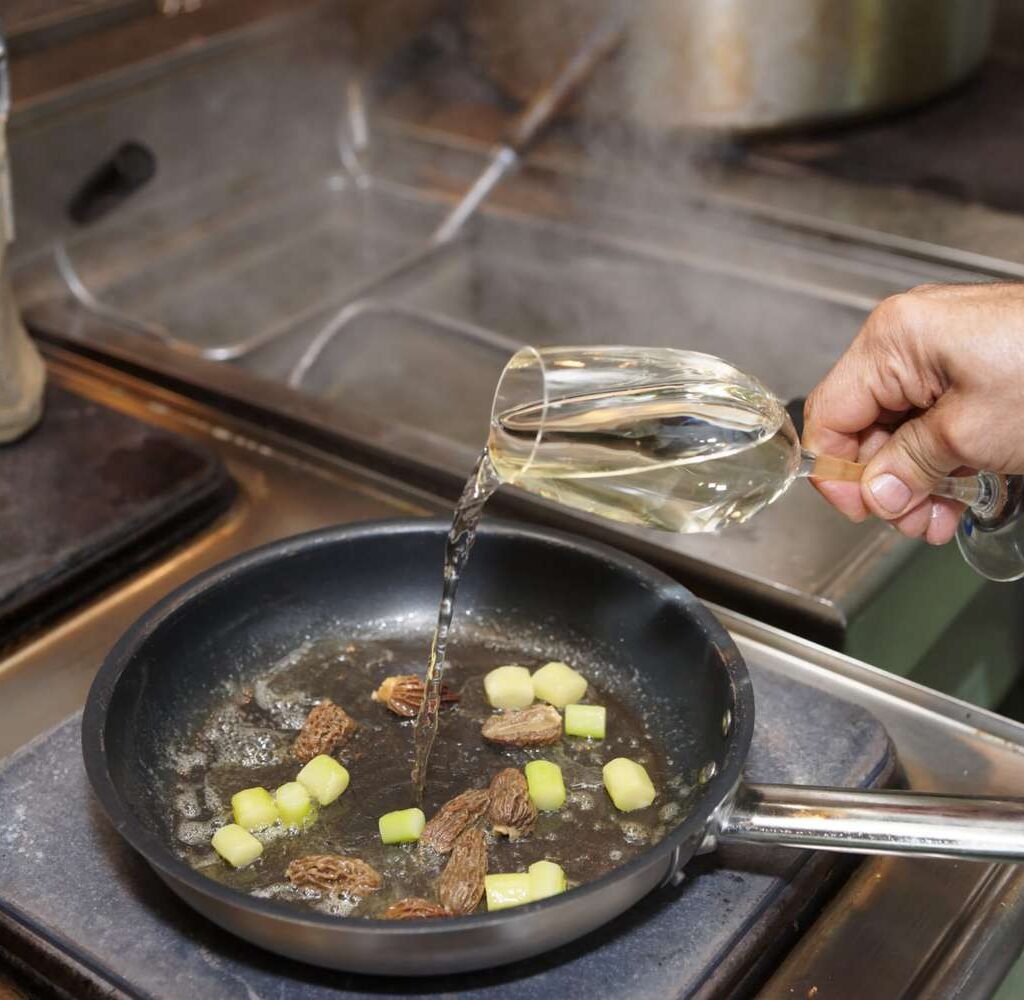
Before diving into the statistics, it’s important to clarify what cooking wine is.
Cooking wine is a type of wine specifically manufactured for culinary use. It differs from traditional table wine primarily in flavor, salt content, and shelf life. Cooking wines may include red wine, white wine, sherry, marsala, rice wine, and mirin. Each has its culinary niche, depending on the recipe and cuisine.
Global Production Landscape: A Quick Overview

Wine, in general, is produced globally, with countries like France, Italy, Spain, the United States, and China ranking as top wine producers. However, when we narrow the focus to cooking wine, the dynamics shift slightly due to cultural preferences, regional cuisines, and export demands.
Among all nations, China emerges as the largest producer of cooking wine in the world, thanks to its deep-rooted culinary traditions, massive domestic market, and significant industrial output.
China: The Global Giant in Cooking Wine Production

1. Rich Culinary Heritage and High Consumption
China has used cooking wine for over 2,000 years. In traditional Chinese cuisine, Shaoxing wine, a type of fermented rice wine, is a critical ingredient. It is used in marinades, sauces, braised dishes, and stir-fries. Chinese chefs rarely prepare meat or seafood without a dash of cooking wine to eliminate odors and enhance umami.
With a population of over 1.4 billion people, China has a massive internal demand. Unlike in Western countries where wine is often used for both drinking and cooking, in China, cooking wine is produced exclusively for culinary use, boosting its volume.
2. Industrial-Scale Production
China’s cooking wine industry is highly industrialized, led by major manufacturers such as:
- Shaoxing Wine Co. Ltd
- Pagoda Brand
- Huadiao Cooking Wine (花雕酒)
- Jiangsu Hengshun Vinegar Industry Co. Ltd
These companies operate large-scale fermentation plants that produce cooking wine for both domestic consumption and export. The cities of Shaoxing and Zhejiang Province are considered the epicenters of Chinese cooking wine production.
3. Government Support and Standardization
The Chinese government has played a vital role in standardizing the quality and production of cooking wine, ensuring that the product meets safety and export requirements. There are strict regulations around ingredients, alcohol content (typically 14-20%), and production methods, especially for Shaoxing cooking wine.
Moreover, cooking wine is classified separately from alcoholic beverages, which means it bypasses heavy taxation and is widely accessible.
What About Traditional Wine-Producing Countries?
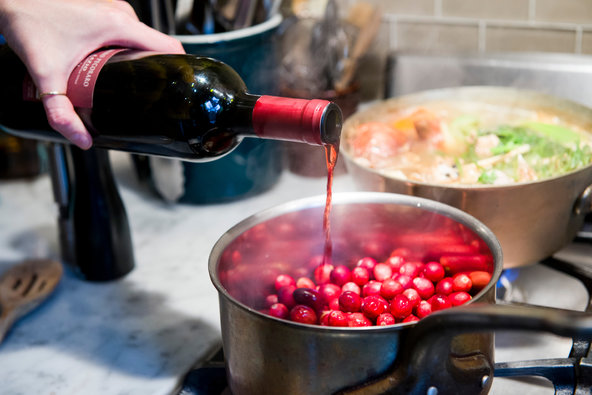
1. France and Italy
France and Italy are globally famous for wine production, but most of their wine is geared towards table consumption. While French wines such as Madeira, Marsala, and Sherry are occasionally used for cooking, they are not mass-produced cooking wines. Instead, high-quality table wines are adapted for culinary purposes.
Some French culinary wine producers do exist (e.g., Benedicta, Maille), but the production volume is far less compared to China. The emphasis in Europe is on quality over quantity, and cooking wine often comes from surplus or lower-grade batches of drinking wine.
2. United States
The United States is home to many culinary wine brands such as Holland House, Goya, and Roland Foods. American consumers regularly use cooking wine, especially for meat dishes, sauces, and barbecue marinades.
California, especially Napa Valley and Sonoma County, is the hub of U.S. wine production, but most of this wine is aimed at drinking markets. Cooking wine is often fortified with salt and preservatives, allowing it to be sold in grocery stores without alcohol licensing, but the overall production volume is not enough to rival China.
Types of Cooking Wine Produced Globally
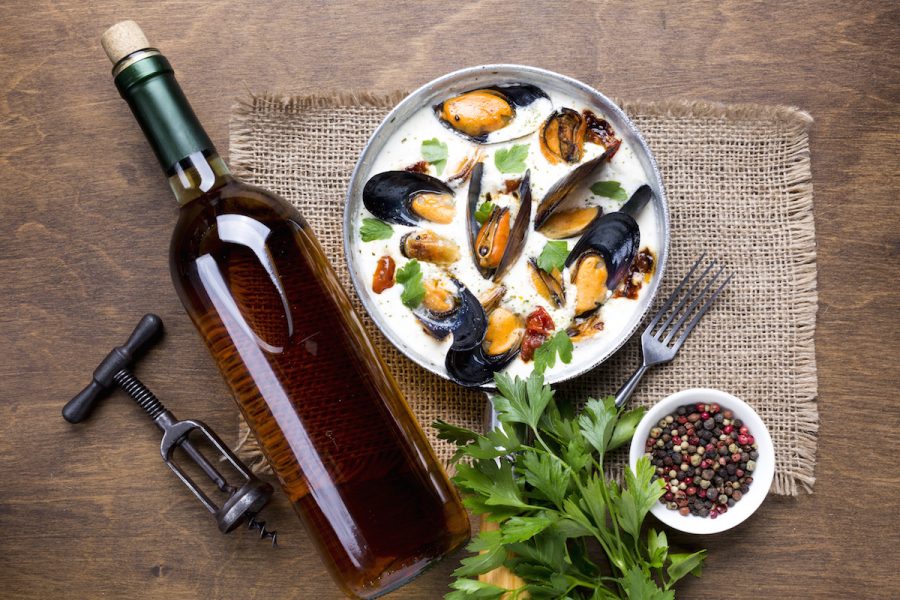
Here’s a look at the most popular types of cooking wines produced across various countries:
| Country | Cooking Wine Type | Notes |
|---|---|---|
| China | Shaoxing wine, rice wine, huadiao wine | Largest producer; essential in Chinese cuisine |
| Japan | Mirin, sake | Used in traditional Japanese dishes like teriyaki |
| France | Red/white wine, Madeira, Vermouth | High quality; used in sauces, reductions |
| Italy | Marsala, red/white wine | Marsala chicken is a popular recipe |
| Spain | Sherry (Jerez) | Key ingredient in Spanish and fusion cuisine |
| USA | Fortified cooking wines (salted) | Accessible and shelf-stable for home use |
Why China Leads in Cooking Wine Production
Let’s break down the core reasons behind China’s dominance:
1. Market Size
- A massive domestic consumer base ensures constant demand.
- Cooking wine is used in almost every household and restaurant daily.
2. Specialized Production
- Companies focus solely on culinary wine, not table wine.
- This allows economies of scale and optimized manufacturing.
3. Export Growth
- China’s cooking wine is now exported to Southeast Asia, the United States, Europe, and beyond.
- International Asian restaurants and fusion kitchens contribute to export demand.
4. Cultural Integration
- Cooking wine is embedded in the culture, not just a convenience.
- Regional dishes across China, such as Dongpo Pork, Red-Cooked Chicken, and Drunken Shrimp, rely heavily on cooking wine.
Cooking Wine Industry: Economic Impact
China’s cooking wine industry is worth hundreds of millions of dollars annually. The city of Shaoxing alone accounts for over 50% of global Shaoxing wine production, and thousands of workers are involved in fermentation, bottling, packaging, and logistics.
Cooking wine is also closely tied to China’s vinegar and sauce industries, often sharing raw materials, supply chains, and distribution networks.
The Future of Cooking Wine Production
As global palates evolve and cuisines intermingle, cooking wine production is expected to grow globally, but China will likely remain on top due to:
- Strong cultural habits
- Industrial infrastructure
- Innovation in product types (e.g., low-sodium or organic cooking wine)
- Growing global appetite for Asian flavors
Countries like Japan, South Korea, and Vietnam are also increasing their rice wine and mirin exports, but China’s head start and scale give it a solid advantage.
Conclusion
So, which country is the largest cooking wine producer in the world? The clear answer is China.
From ancient traditions to modern manufacturing, China’s dominance in cooking wine production is the result of cultural reliance, industrial capability, and domestic demand. While other countries like France, Italy, and the United States contribute unique flavors and culinary styles, China’s scale and specialization keep it firmly at the top.
As global cuisine becomes more diverse and interconnected, the role of cooking wine will only expand—both in flavor and geography. Yet, for now, China holds the crown in this flavorful domain.
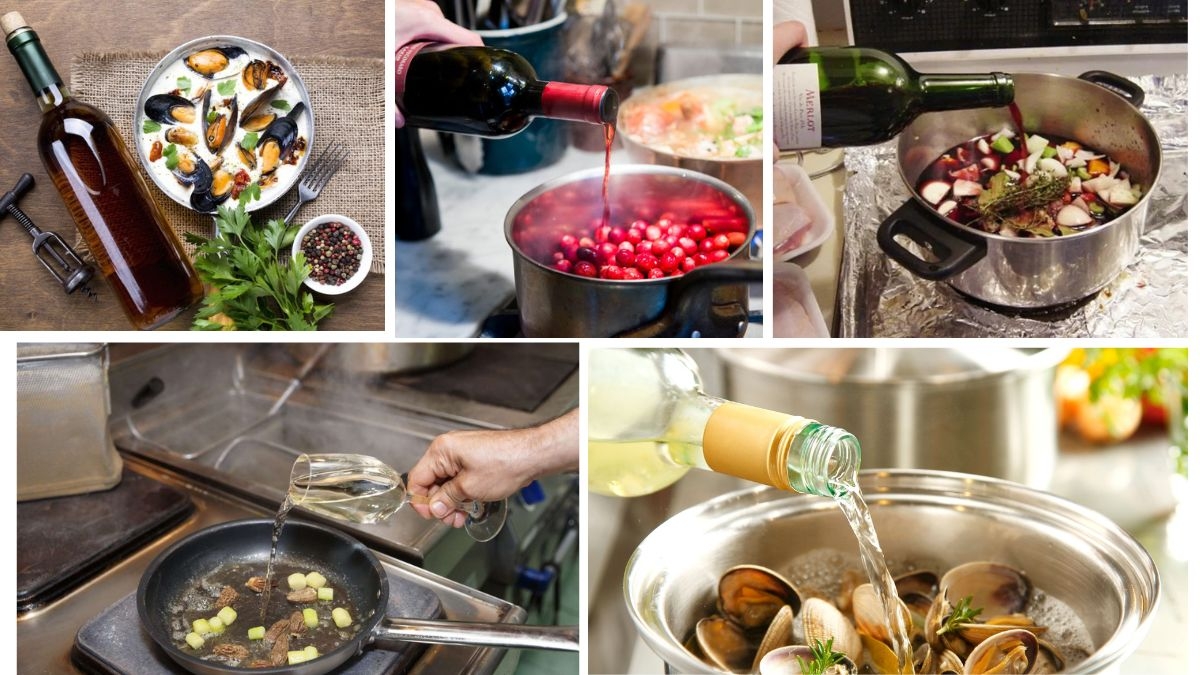




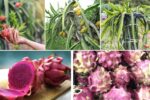
Leave A Comment